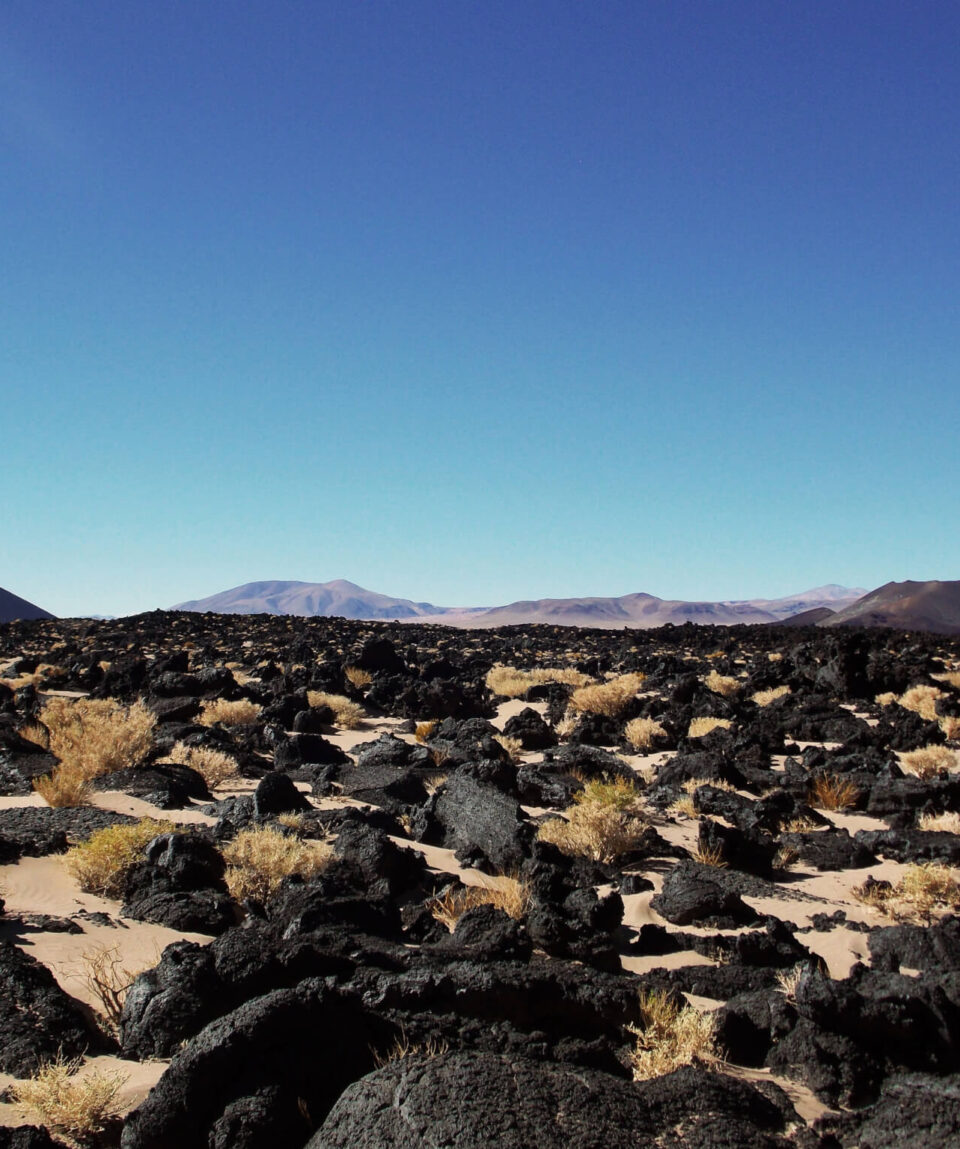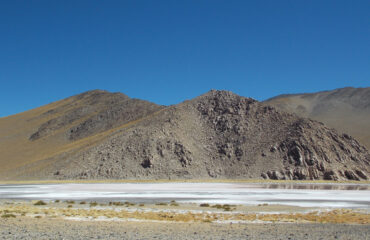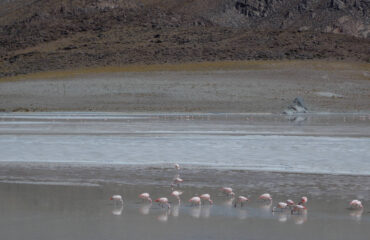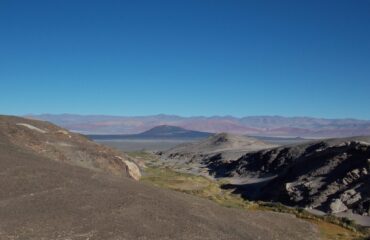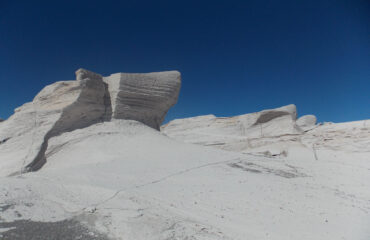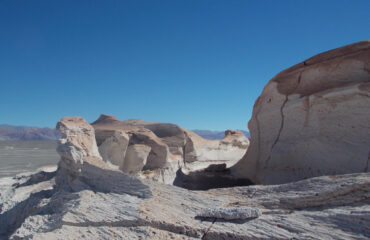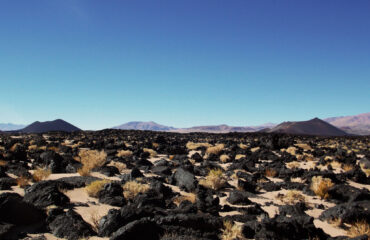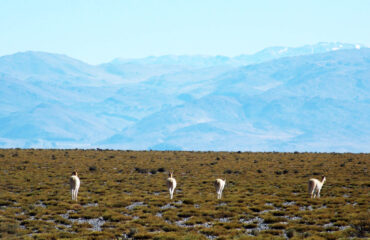ANTOFAGASTA DE LA SIERRA – PUNA
fromCatamarca
- Reviews 0 Reviews0/5
- Vacation Style Holiday Type
- Activity Level Moderate
Desert landscape, rustic and subtle at the same time, with species of flora and fauna that require extra energy to be discovered, the route to get there is between elevations and depressions of the terrain, it is shown in volcanoes, deep white salt flats, fields of petrified black lava, lagoons and high plains. The old towns of Puno have myths and religious beliefs that are the fruit of original, Creole, and Spanish roots and that allows us to discover old traditions and in it the intact traces of ancient populations.
The Department of Antofagasta de la Sierra is made up of six localities: El Peñón, La Villa de Antofagasta, Los Nacimiento, El Salar del Hombre Muerto, Antofalla and Las Quinuas.
Sportfishing
It is practiced in the Rivers of Punilla, Rio Los Pato, and Rio las Pitas, fishing is authorized from November 1 to April 30 of each year. You must obtain a fishing license or a provisional permit. Rainbow trout are fished obtaining specimens of up to 40cm. Long
Running
The Puna Race: Volcanes de la Puna is held once a year on different dates, it is a high-altitude race that includes National and International athletes, the competition circuits vary, in the different landscapes of hills, volcanoes, lagoons, rivers, etc. From the immensity of Antofagasta. This competition is held in 3 categories Youth- adults, and seniors.
Trekking
We can make short circuits which can be accessed by walking or climbing the Antofagasta or Alumbrera volcanoes, which are approximately 8 km away. From the town and as we pass we walk along the banks of the lagoons that are at the foot of them, crossing paths of volcanic sand and black basalt rock, Confluencia Circuit: 5 km. Where the Irrigation system is reflected. Circuit: El Mirador de Punta de la Peña: a 3 km walk, observatory place with a panoramic view of the town, and its distant horizon. Mirador del Cerro San Juan: 3 km ascent. The 14 stations of the Passion are built, where the Calvary and death of Jesus on the Cross are also experienced during Holy Week.
Photo safari
The landscapes are spectacular to develop this activity, Bird Watching in the high-altitude lagoons, Sunsets, more than 220 volcanoes, volcanic lava fields, high-altitude lagoons of bluish, green, aquamarine, red colors, etc. Imposing sunrises, colorful and snowy peaks, the immensity of the salt flats.
Galán Volcano
Known as the colossus of the Puna, this volcano with its crater 45 km in diameter, at 4,700 meters above sea level. And at its summit approximately 6,000 meters above sea level. It has the largest crater on the planet. In it is the Diamante Lagoon, which, being protected from the winds by the walls, is a refuge for flamingos and ducks.
In the extreme south are the Fumaroles, 3.8 billion-year-old living rocks. Microbial mats, high concentration of sulfur and salinity, hydrothermal places with temperatures up to 80 ° C.
The Aguas Calientes River is born there, which is 20 km. later it is called Los Patos, the main tributary of the Salar del Hombre Muerto.
Volcano
To the west, you can see the imposing active volcano of Antofalla with its 6,400 meters above sea level. In the area, there are baqueanos who provide support to the expeditions that are carried out to conquer its summit.
Salar de Antofalla
Located at 3,000 meters above sea level. It is the longest salt flat in the American continent, it extends from south to north with 150 km. on the banks of the Antofalla mountains, and its surface is 5,001 km2.
Big Lagoon
Declared a RAMSAR site, it is the largest reservoir of flamingos in Argentina, three species are observed, small parina, Grande parina, and southern flamingo, in 2016 more than 18,000 specimens were registered, which give this place a pink color.
Antofalla Town
From the Kunza language which means “where the sun dies”, ancient ancestral land, its community declared itself: Antofalla Indigenous Community Kolla Atacameño People.
On the edge of the extensive and narrow salt flat and at the foot of the gigantic Volcano is the small town of singular beauty that lives by herding llamas and sheep, 8 families live a total of 50 inhabitants. It has a tourist information office.

